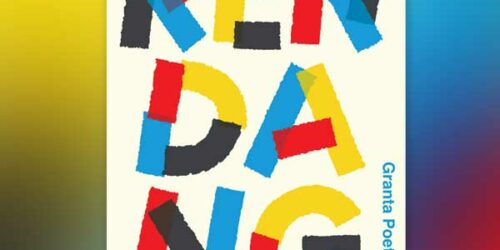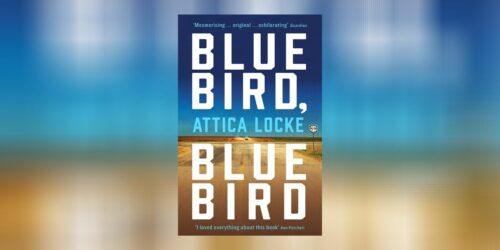
Over September and October, our (virtual) NCW Book Club is RENDANG by Will Harris. We hope you’ll join us in reading the book, and that you’ll join the discussion in our Discord community or one of our Zoom discussion sessions.
 In the meantime, here are some questions that you might like to consider or discuss with friends, family and fellow members of the Book Club as you make your way through the book.
In the meantime, here are some questions that you might like to consider or discuss with friends, family and fellow members of the Book Club as you make your way through the book.
We’d love to hear your thoughts on RENDANG, and any other questions that the book sparks for you. See our post here to find out about all the different ways you can get involved.
Members of the Book Club can purchase RENDANG with a 10% discount from our friends at The Book Hive – there’s still plenty of time to read along with us!
Happy reading!
Close encounters
RENDANG is full of chance meetings, snatched conversations, and the thoughts and dreams of other people. Why do you think Will Harris includes these other voices throughout the collection? What effect does it have on the poems?
In ‘Another Life’, the speaker of the poem encounters another poet, one who speaks of “a vision of Old England”. How does the speaker feel and think about such a vision? What similarities and differences exist between the two poets’ views of the world?
In ‘The White Jumper’, Will Harris includes speech, dreams and memories from a variety of people: strangers met for the first time, family members, and even historical figures and philosophers. Why do you think Harris includes this mixture of people? Are there differences and similarities in tone, pace and language between these different presences?
When we read poetry, we often talk about ‘the speaker’ or ‘the voice’, rather than looking at characters. Do you think this is a good way to read RENDANG? Would you say that there are characters in this book? Who is the ‘I’ in these poems, and is it the same person throughout the collection?
Form and function
The collection opens with a concrete poem, ‘REND RENDER RENDER’, that riffs on different meanings of ‘rend’. How many different meanings or angles on ‘rend’ can you find in the poem? Why do you think this word is of such importance to RENDANG that it bears repeating in all these different ways? What is your experience of reading this concrete poem as opposed to the more lyric poems that form the rest of the collection?
‘Glass Case’ is a poem in five sections – two prose sections, two short sections that look more conventionally ‘poem-like’ (e.g. they have line breaks), and a fifth section that combines words and an image. Why do you think Will Harris uses these different forms for the different sections? What is the effect of including them all within a single poem? Looking again at the final section, can you see a relationship between the words and the image? If so, what kind of relationship is it?
‘Buddleia Not Buddha’ is a short poem that makes use of a refrain (a repeated phrase or line). What is the impact of using repetition in this poem? Does it work differently if you read the poem aloud? How does Will Harris brings together the words ‘buddleia’ and ‘Buddha’, and why do you think this is?
The weight of words
‘In West Sumatra’ repeats the use of “rend” and “rending”, in a different form to the opening concrete poem. What are the similarities and differences between these two poems? What poetic techniques can you find in ‘In West Sumatra’ (rhyme, assonance, alliteration, rhythm, repetition) and what effect do they have? Try reading the poem aloud – does this change how you understand the poem, or individual words within it?
In ‘Half Got Out’, the speaker doesn’t quite know how to respond to a friend talking about their experience of London: “yes I know I mean sorry / I don’t know I don’t / know how to leave or / where I’d even go”. What other moments of awkward speech or silence, of not knowing what to say or how to answer, can you find in the collection? What effect does including these difficulties of communication have in the poems? How do you feel about these difficulties as a reader?
In ‘SAY’, a word takes physical shape in the form of a “brick-sized block of grey stone”. In what other ways in the poem do words take on a physical form or presence? Can you find other examples throughout the collection? How does Will Harris give these words a sense of physicality? What do you think the speaker is trying to say? Is it the same as what the poet is trying to say?
You may also like...
Book Club: RENDANG by Will Harris
Flo Reynolds introduces our latest Book Club read

17th September 2020
Book Club: Bluebird, Bluebird by Attica Locke
Flo Reynolds launches the new Book Club book!

2nd July 2020
Becoming a prize-winning poet
Gary Studley is a graduate of our 2015 online poetry course

6th December 2017






